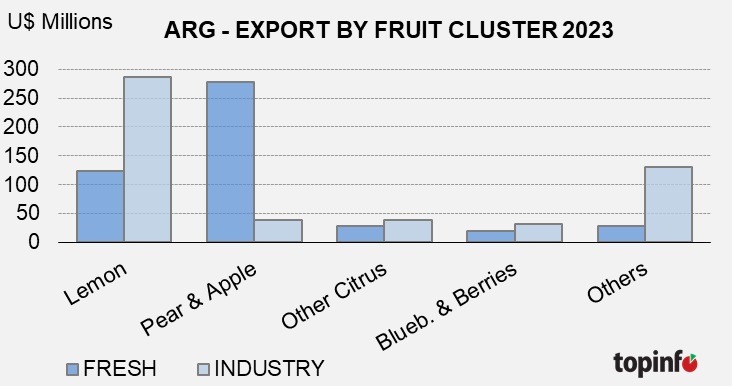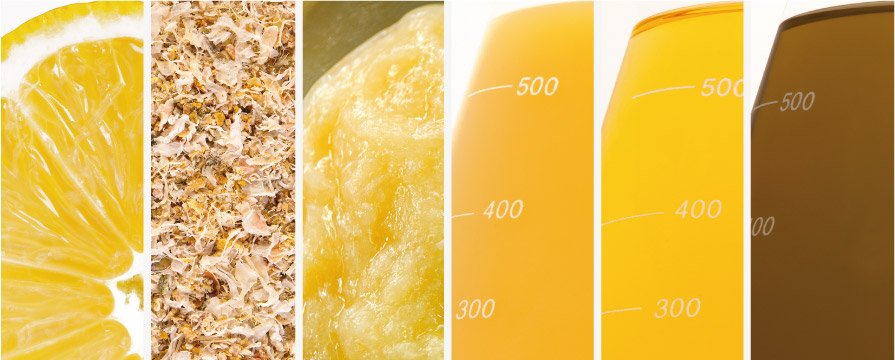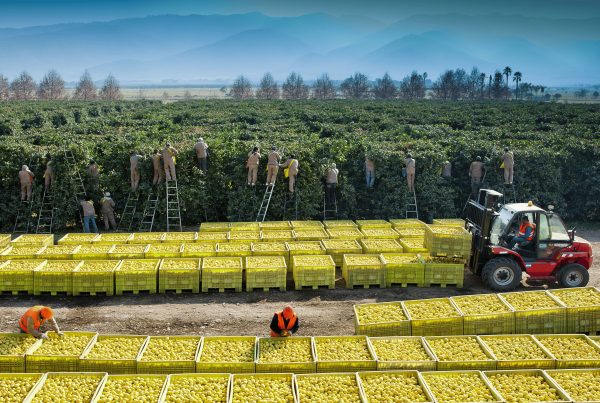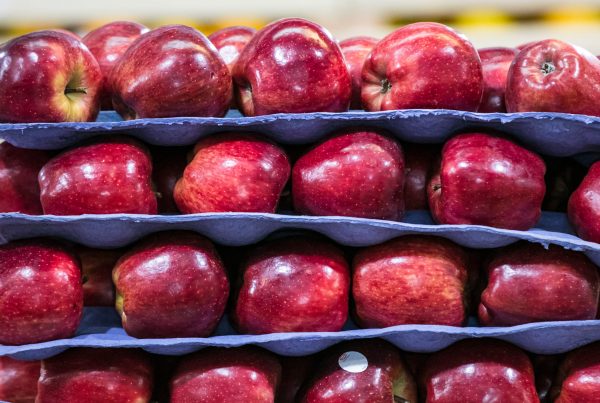Newsletter 169 – 07.31.2024
Argentina is a major producer of fruit, ranking among the world's leading producers of lemons, pears, stone fruits, etc. Within Argentina, fruit growing is important at a regional level, being one of the main economies in a third of the provinces. In addition to its social importance, it makes a great economic contribution, especially through its exports and the income of foreign exchange to the provinces. But in recent years a change has been observed: the export of fresh fruit has been falling, while that of industrialized fruit has grown. Given a national policy that is not conducive to the fresh fruit business, competitiveness has been lost compared to other countries. But this fall could partly be absorbed by the advance of the industrialization of fruit. Firstly, there is wine production. Argentina is among the top 10 countries in the world in terms of vineyard surface area and wine production and is one of the countries with the best price/quality ratio.
Within the world of other fruits, the first to stand out is the lemon. Tucumán, the world's leading producer of lemons, industrializes 70% of its production, thus also being the world's leading industrializer. The lemon is used in its entirety, obtaining the essential oil from the first, thinnest layer, then it is squeezed to produce the concentrated juice and finally the peel is dried. The latter was historically seen as a by-product of lower value, but lately, thanks to technological advances, multiple uses have been found for it, sharply increasing its demand. A large part of lemon derivatives are exported, making this business increasingly important. Currently, 2/3 of what the lemon cluster exports are derivatives and 1/3 is fresh lemon. Within the fruit group (excluding wine), the lemon cluster's export is the most important, contributing 40-45% of the fruit sector's foreign exchange in 2021 to 2023.
Next in importance is the cluster of pears and apples, but in this case most of it comes from fresh exports. Only the discarded fruit is industrialized, since the prices paid by this industry are low and not very profitable. Only 12% of pear and apple exports are industrial products (concentrated juice, puree, pulp, dehydrated products).
The third group of fruits, in relation to the contribution of foreign currency, are the “other fruits”. These include stone fruits and table grapes. The contribution of fresh exports is very limited, except for cherries. The latter is the new star of the Australian fruit industry, with great demand and attractive prices. But the other stone fruits (peaches, nectarines and plums) have very limited fresh markets, present logistical complications and high internal costs. The export of table grapes is also restricted to small volumes. But its importance lies in its industrialization. In Mendoza there is a large dried plum industry; almost all of which is exported, followed by peaches in syrup, which are a prized local dessert, but are also exported. San Juan is a large producer of raisins and grape juice. These products generate an important contribution of foreign exchange to these provinces.
The cluster of the sweet citrus + grapefruit and the one of strawberries + blueberries export lower volumes, so the contibution to the economy is not that relevant. In both cases, exports of fresh fruit are limited, with a higher level of foreign exchange being obtained through the export of processed products. In the case of citrus fruits, this is the export of concentrated juices and essential oils; in the case of strawberries and blueberries, frozen fruit. The importance of both clusters is in the domestic market. Sweet citrus fruits are the most consumed local fruits in the country. Strawberries are highly appreciated by consumers thanks to their sweetness, attractive colour and multiple uses. According to greengrocers, “strawberries are always good and always sell”. Blueberries are also gaining ground; more and more consumers are choosing them during the season.
When analyzing the export of industrial derivatives, it is necessary to highlight the contribution of the organic production, in which Argentina has gained prestige and is quite successful. With this productive method it manages to differentiate itself from its competitors. Annually, some 16-18,000 tons of industrialized organic fruit are exported. Within this group, the greatest weight is held by derivatives of pears and apples (puree, juice, pulp), followed in importance by lemon derivatives (juice, essential oils), dried plums, raisins and frozen blueberries.








